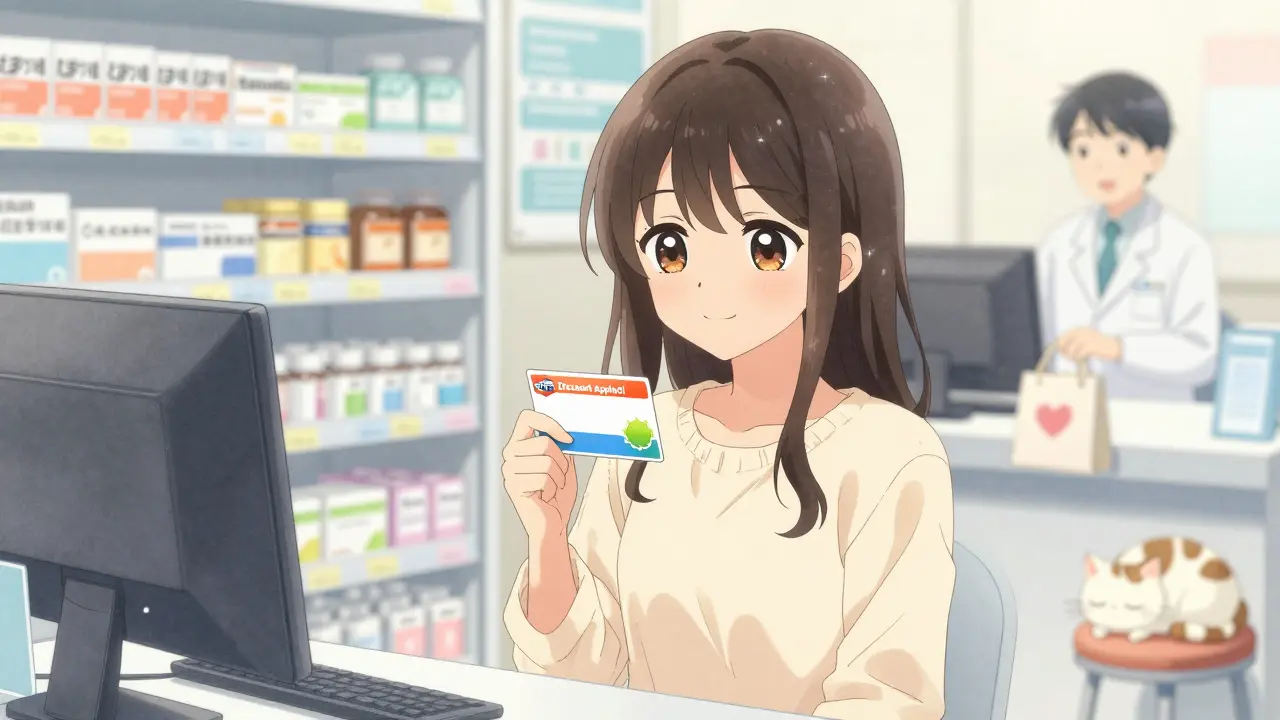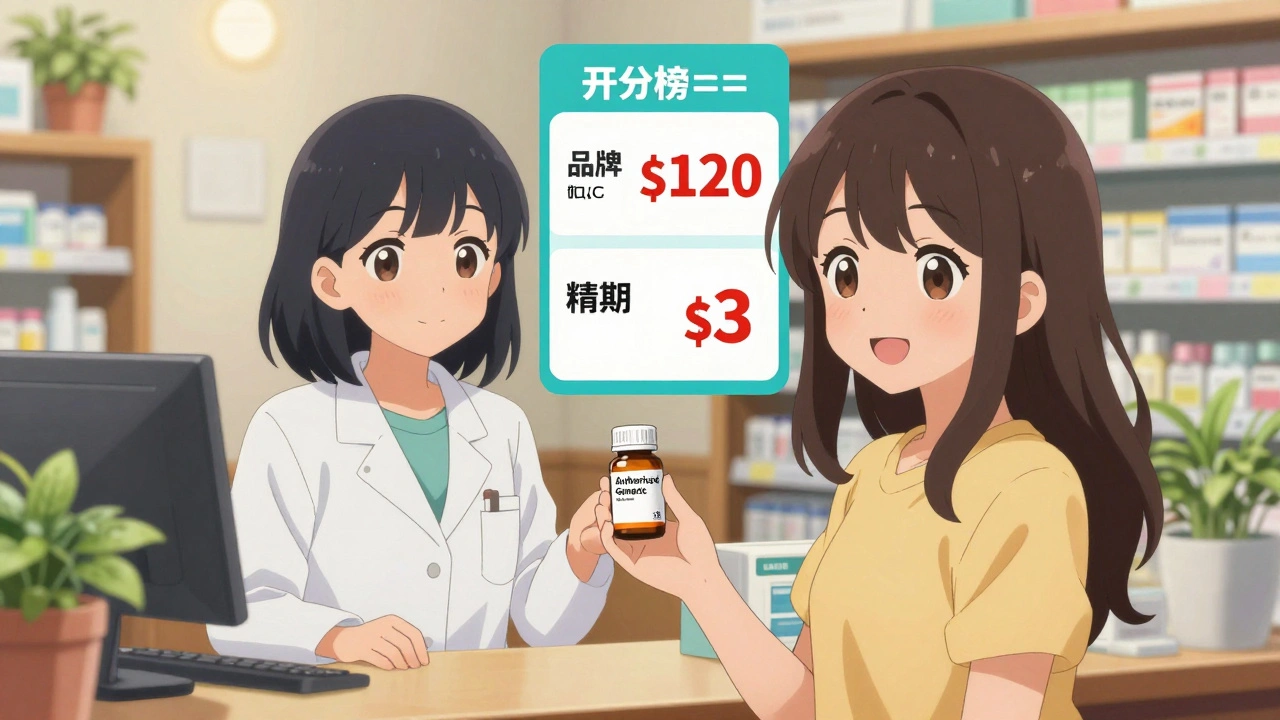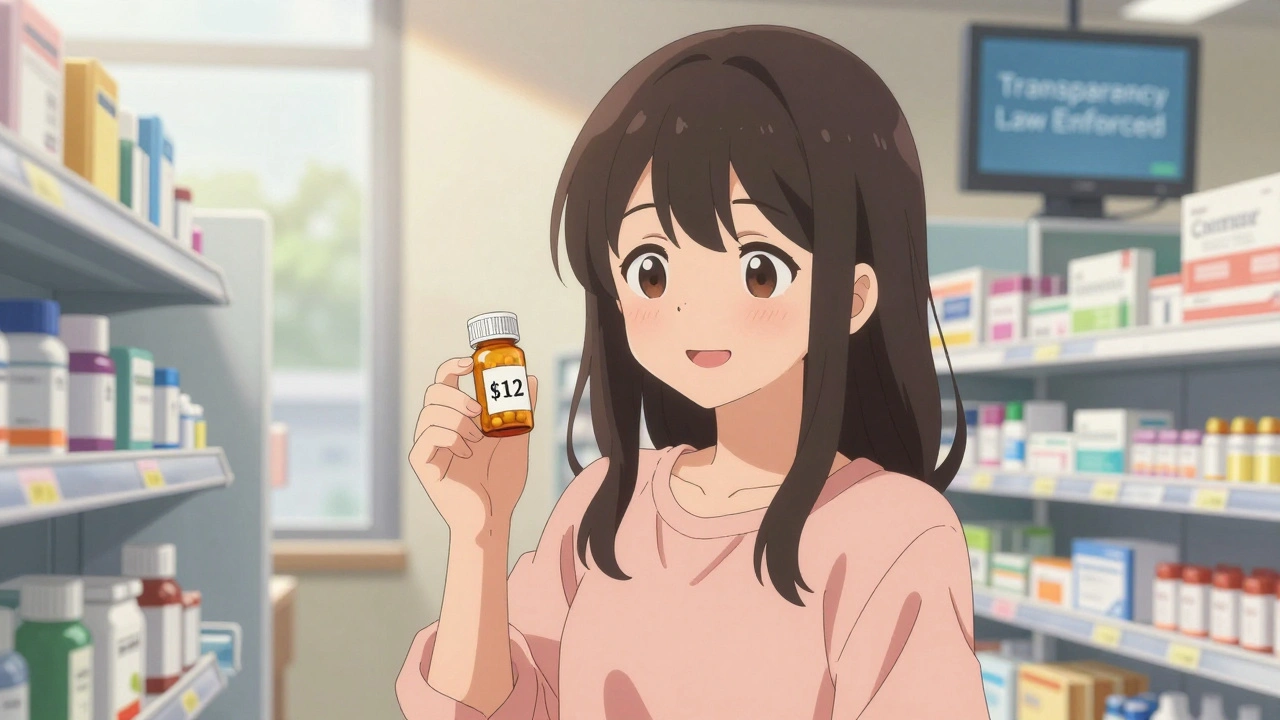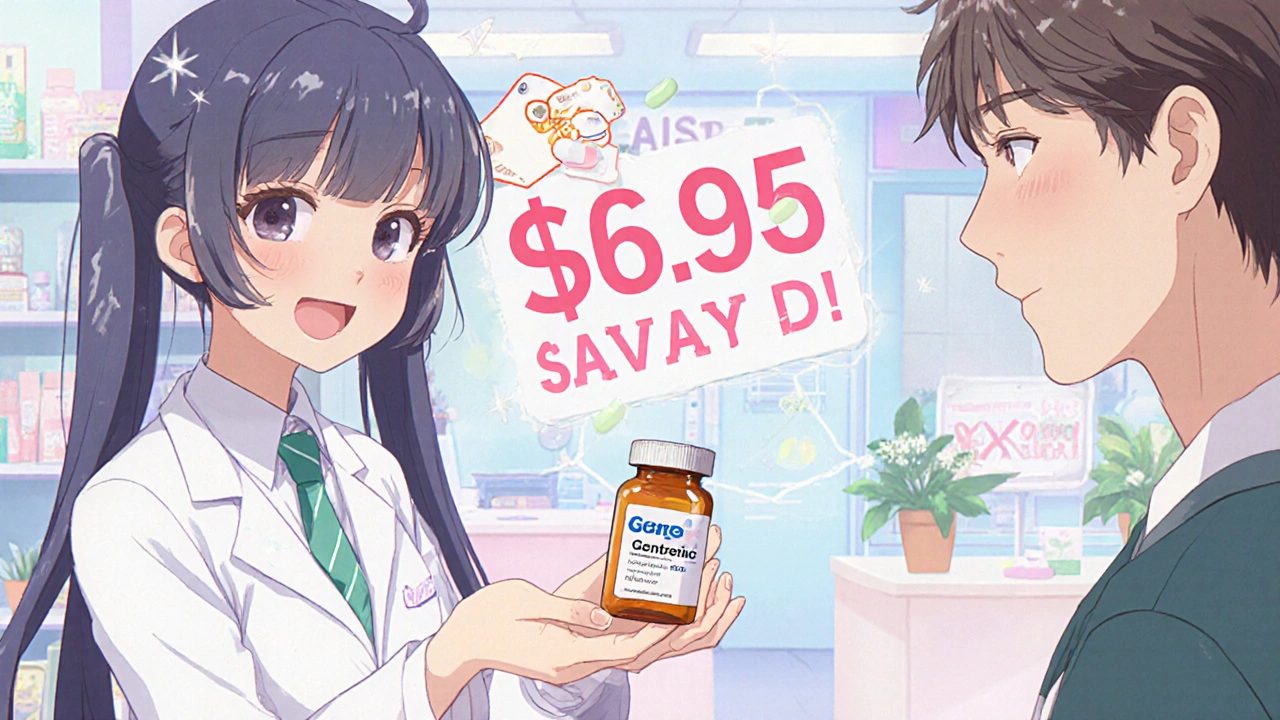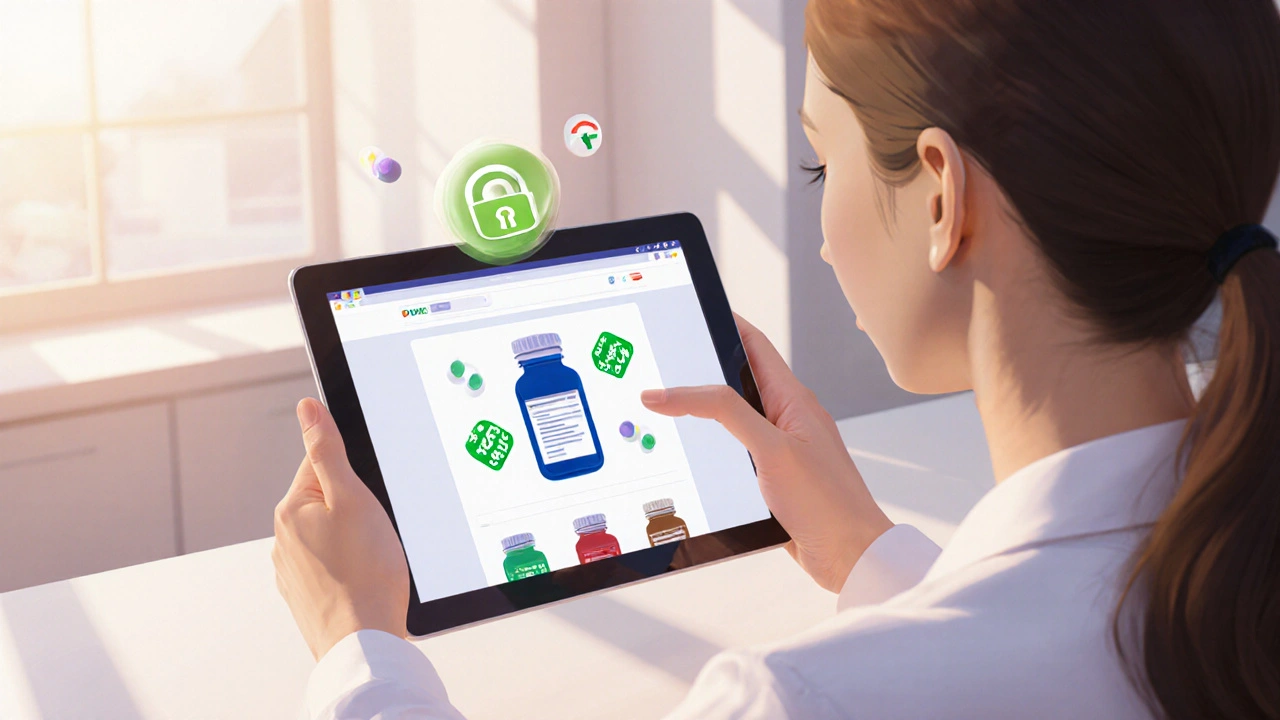Prescription Savings: Smart Ways to Cut Your Rx Costs
If your pharmacy bill feels out of control, you're not alone. This category collects practical, no-nonsense tips to help you pay less for medicines. We break down real options—discount apps, copay cards, and buying from international drugstores—so you can pick what works for your budget and situation.
How to compare discounts fast
Don't assume one discount is best. Start by checking at least three sources: your insurance price, a discount app like GoodRx, and a manufacturer copay card if one exists for your drug. Write down the out-of-pocket totals and any membership or activation fees. Example: an insulin prescription might be cheaper with a copay card from the drug maker, while a generic blood pressure pill could be cheapest using a free coupon app.
Ask the pharmacist to run prices both with and without insurance. Sometimes the cash price plus a coupon beats your copay. If you use a mail-order plan, compare its 90-day cost to local retail prices—90-day discounts are not always better than monthly coupons.
Practical money-saving moves you can use today
Try these straight-up actions: 1) Use at least one discount app and one copay card when filling chronic meds. 2) Switch to a 90-day supply only after price-checking. 3) Talk to your prescriber about therapeutic alternatives—generic or older-brand equivalents often cost much less. 4) Ask the pharmacy about split fills or partial fills if a full month is too pricey.
Consider patient assistance programs if a branded drug is unaffordable. Many drug makers have free or low-cost programs, but you’ll need basic paperwork. If you have a chronic condition like diabetes or asthma, getting help here can cut yearly costs dramatically.
Ordering from Canadian drugstores can save money, but it has trade-offs. Use licensed Canadian pharmacies only, verify pharmacist contact info, and expect longer shipping times. Don’t try to import controlled substances without confirming legality—customs can seize packages. Our article on Canadian drugstores explains how to vet pharmacies and avoid scams.
If you like apps, check out alternatives to GoodRx. Some lesser-known apps give deeper discounts on certain drugs, though they may require registration or membership fees. Read the fine print: look for maximum discounts, pharmacy coverage, and whether the app replaces your insurance copay or stacks with it.
Finally, be persistent. Prices change, coupons expire, and new promotions pop up. Treat saving on prescriptions as a repeating task—run price checks before each refill, keep one or two reliable discount tools, and ask your healthcare team for cheaper alternatives when possible. Small steps add up to big yearly savings.
Prescription Assistance Programs: How Drug Makers Help You Pay for Medications
Prescription assistance programs from drug manufacturers help millions afford costly medications. Learn how copay cards and free drug programs work, who qualifies, and the hidden rules that could cost you more.
How to Ask About Generics and Authorized Generics to Save Money on Prescriptions
Learn how to ask your pharmacist and insurance about generics and authorized generics to cut your prescription costs by up to 90%. Real savings, real strategies, no jargon.
Why Generic Drug Prices Vary by State: The Real Reasons Behind the Cost Differences
Generic drug prices vary wildly by state due to PBM practices, Medicaid rules, and pharmacy competition. Learn why your prescription costs more in some states-and how to pay less, no matter where you live.
How Insurance Plans Use Generic Drugs to Cut Prescription Costs
Insurance plans use generic drugs to cut prescription costs through tiered formularies, mandatory substitution, and step therapy. Generics save billions annually, but opaque PBM pricing often prevents patients from seeing the full savings.
Generic Drug Savings: Real Numbers and National Statistics
Generic drugs saved $467 billion in the U.S. in 2024 alone, making up 90% of prescriptions but just 12% of drug spending. Real numbers show how much you save - and why the system is at risk.
Buy Cheap Generic Zovirax (Acyclovir) Online - Save on Antiviral Meds
Learn how to safely buy cheap generic Zovirax (acyclovir) online in Australia, compare reputable pharmacies, and save money with expert tips.
Buy Cheap Generic Bupropion Online - Safe Tips & Price Guide
Learn how to safely buy cheap generic bupropion online, verify legitimate pharmacies, compare prices, and avoid common risks-all with a clear step‑by‑step guide.
Cheap Generic Paxil Online - How to Buy Safely and Save
Learn how to safely purchase cheap generic Paxil online, verify reputable pharmacies, compare costs, and maximize prescription savings.
How to Buy Cheap Generic Topamax Online - A Complete Guide
Learn how to safely purchase cheap generic Topamax (topiramate) online, compare prices, avoid scams, and use savings programs for the best deal.
Buy Cheap Generic Crestor Online - Save on Rosuvastatin
Learn how to purchase cheap generic Crestor online, compare prices, understand safety, and use savings programs to keep cholesterol under control.

